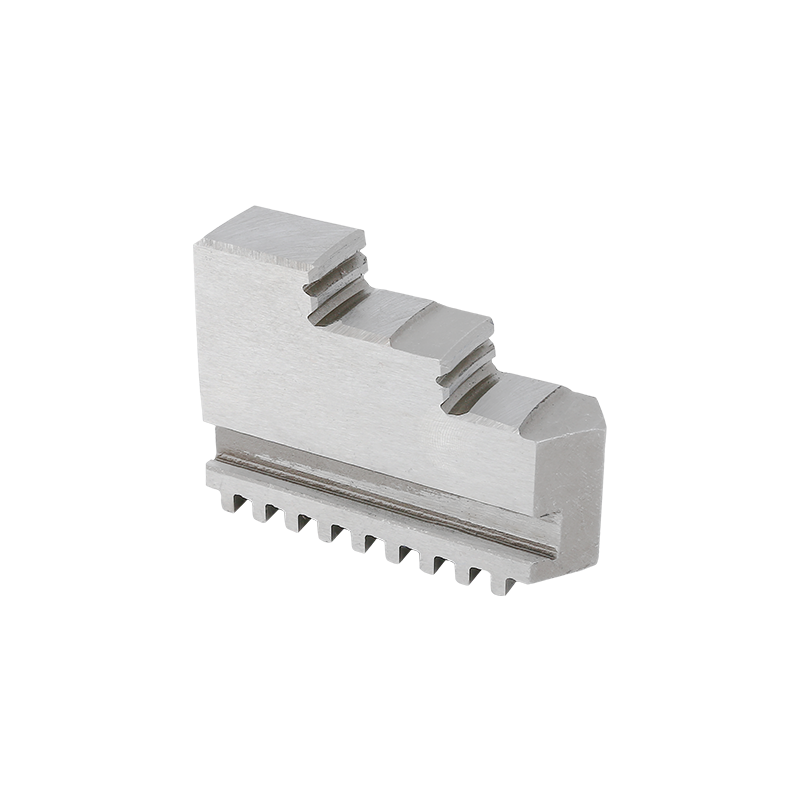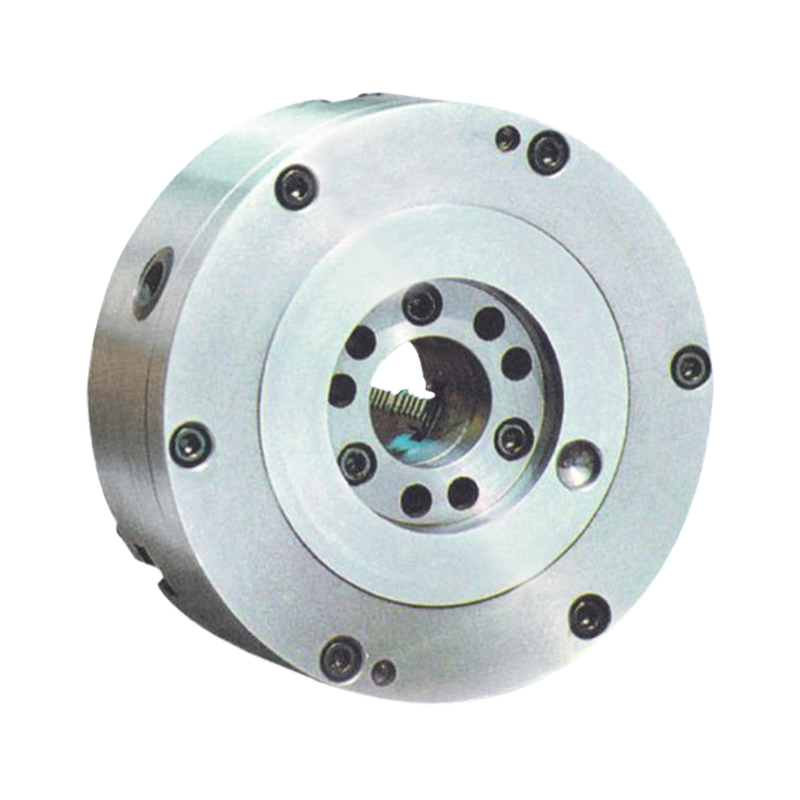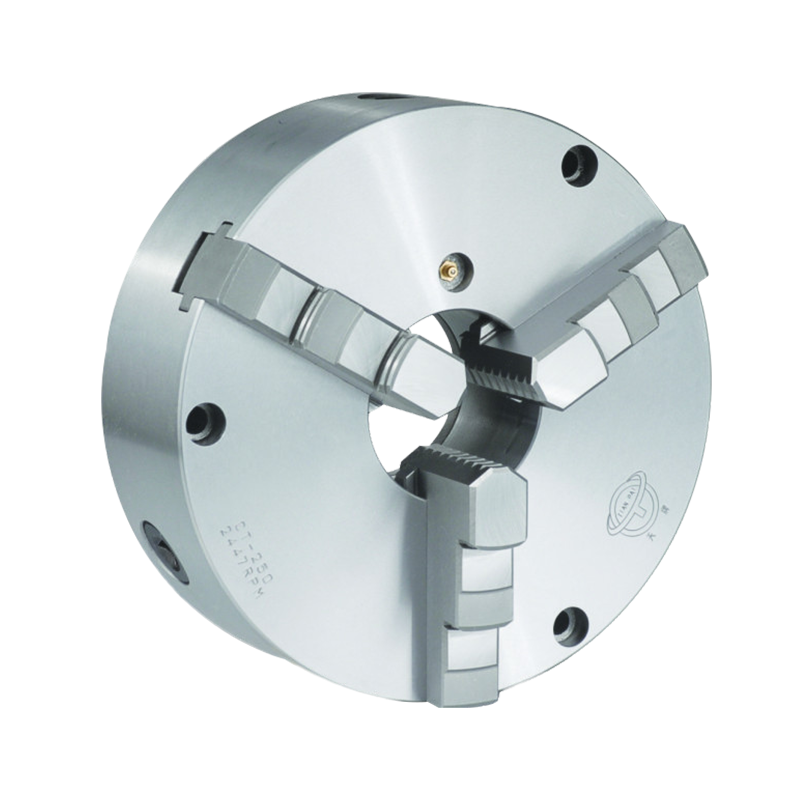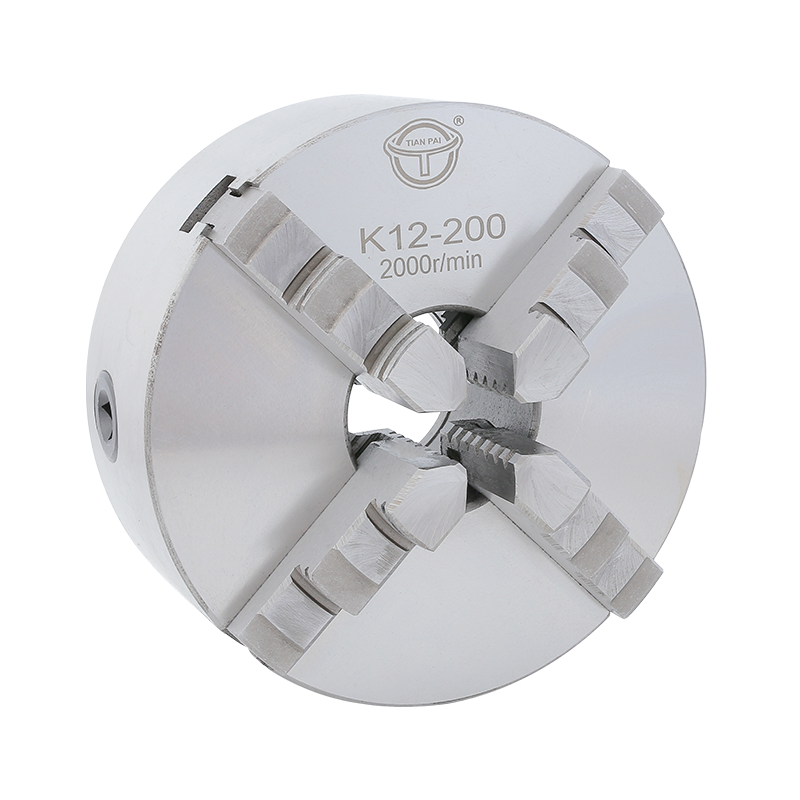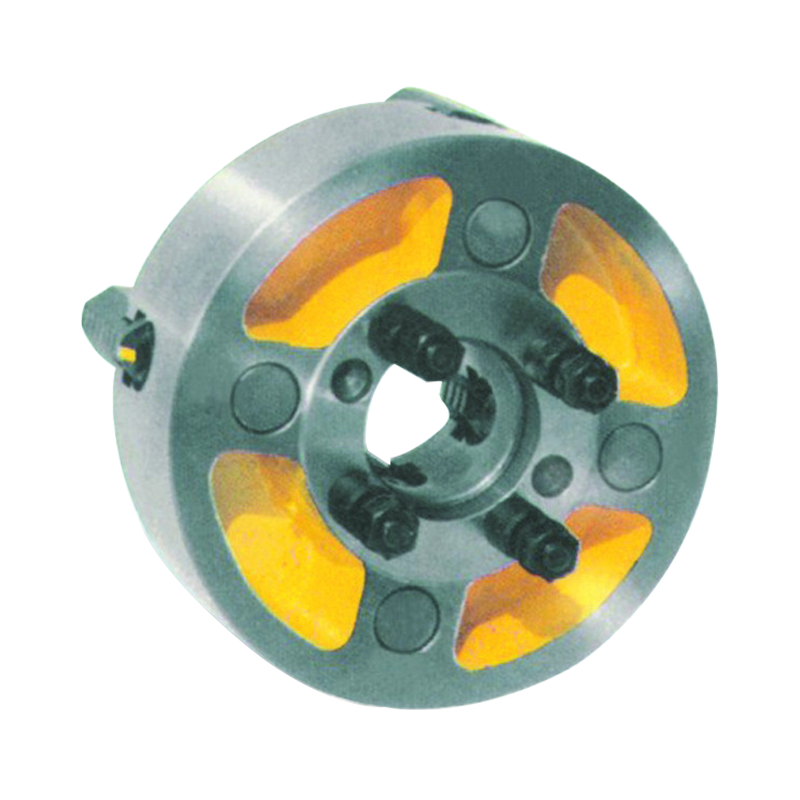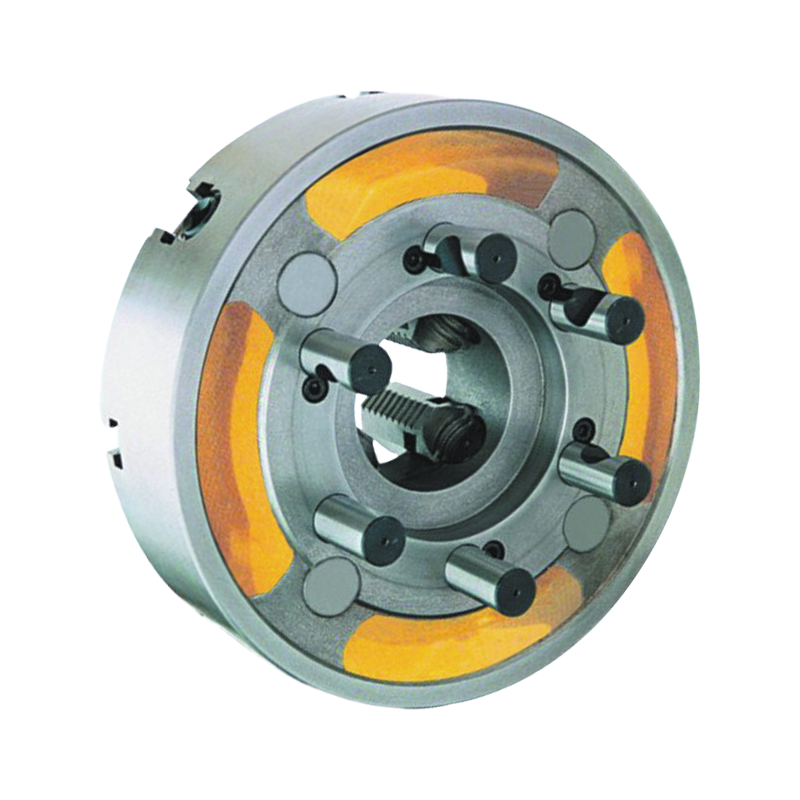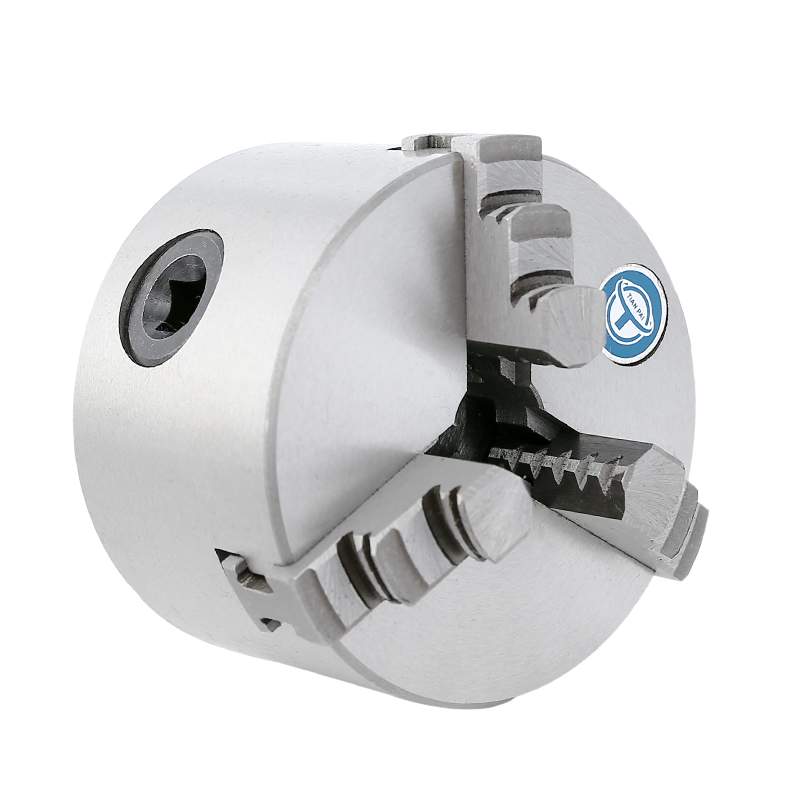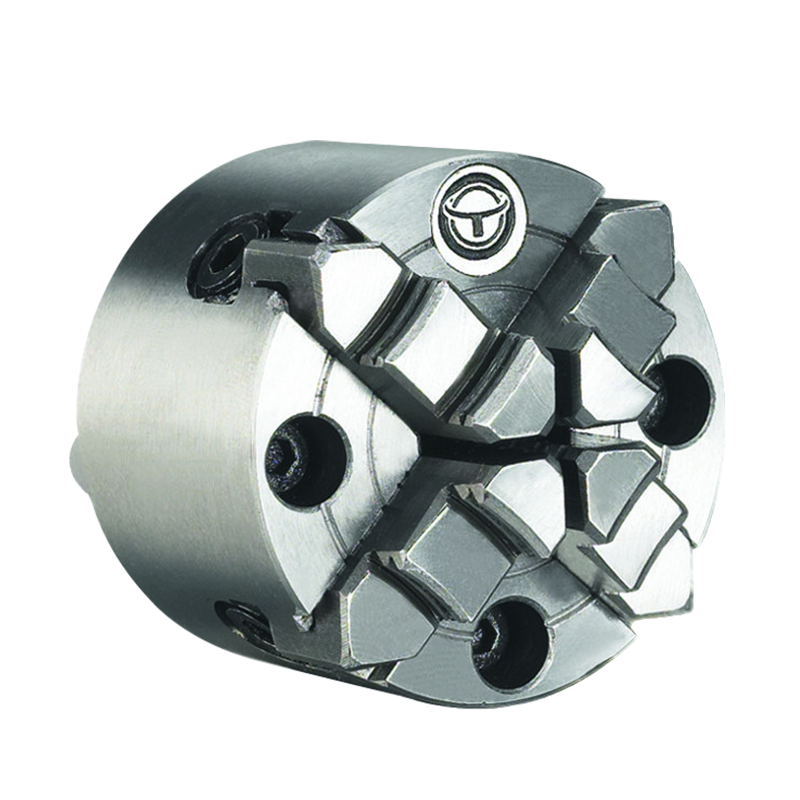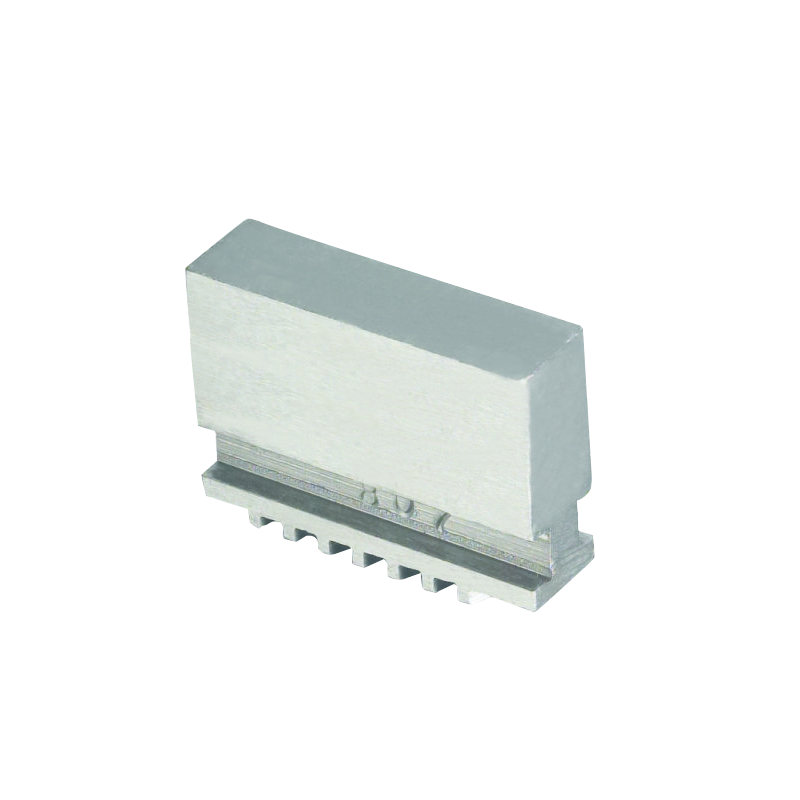Our company is a professional chuck manufacturer with more than 40 years of practical experience. In the manufacture of machine tool chucks, it has strong independent development capabilities and unique manufacturing and processing technical strength.
ODM High Quality Self Centering Chucks Exporter Manufacturers
In the realm of machining and manufacturing, precision and efficiency are paramount. One crucial component that contributes to achieving these goals is the self-centering chuck. These devices play a pivotal role in securely holding workpieces in place during machining operations, ensuring accuracy and repeatability.
Self-centering chucks are mechanical devices designed to automatically center and grip workpieces with precision. Unlike traditional chucks that require manual adjustment of jaws, self-centering chucks employ innovative mechanisms to achieve automatic alignment. One common design is the three-jaw chuck, which features three jaws arranged radially around a central axis. These jaws are connected to a scroll mechanism, whereby rotation of the chuck body causes the jaws to move simultaneously, gripping the workpiece with equal force from multiple points. This self-centering action ensures concentricity and stability during machining operations, facilitating accurate and efficient machining.
The adoption of self-centering chucks offers numerous benefits for machining processes. Firstly, their automatic centering feature saves time and labor by eliminating the need for manual adjustment, streamlining setup, and changeover procedures. This leads to increased productivity and reduced downtime in manufacturing operations. Additionally, self-centering chucks provide consistent clamping force across multiple workpieces, ensuring uniformity in machining results and small the risk of dimensional inaccuracies. Moreover, the enhanced gripping efficiency of self-centering chucks enables the machining of complex geometries and delicate components with greater precision and reliability.
Self-centering chucks find extensive use across various industries and manufacturing sectors due to their versatility and effectiveness. In metalworking applications, such as turning, milling, and drilling, self-centering chucks are indispensable for securing round or irregularly shaped workpieces with ideal stability and accuracy. In woodworking and carpentry, self-centering chucks facilitate the machining of wooden components such as furniture parts, dowels, and turning blanks. Furthermore, self-centering chucks are utilized in automotive, aerospace, and medical device manufacturing, where precision machining of critical components is essential for product quality and performance.
The evolution of self-centering chuck technology has seen continual advancements aimed at improving performance, reliability, and ease of use. Modern self-centering chucks may incorporate features such as quick-change jaw systems, which enable rapid adaptation to different workpiece sizes and shapes without the need for specialized tools. Additionally, advancements in materials science have led to the development of lightweight yet durable chuck bodies and jaws, enhancing overall efficiency and longevity. Furthermore, some self-centering chucks may feature enhanced gripping mechanisms or specialized coatings to improve grip strength and prevent slippage during machining operations.
When selecting self-centering chucks for specific machining tasks, several factors should be considered to ensure ideal performance and compatibility. These factors include the size and type of workpiece to be machined, the required clamping force and accuracy, as well as the compatibility with existing machine tools and accessories. Additionally, factors such as chuck mounting configuration, jaw stroke, and lubrication requirements should be evaluated to big the efficiency and longevity of the chuck system.
Self-centering chucks play a vital role in achieving precision and efficiency in machining operations across various industries. Through innovative design and advanced mechanical mechanisms, these chucks enable automatic centering and gripping of workpieces, ensuring accuracy and repeatability in manufacturing processes.

 English
English 简体中文
简体中文

